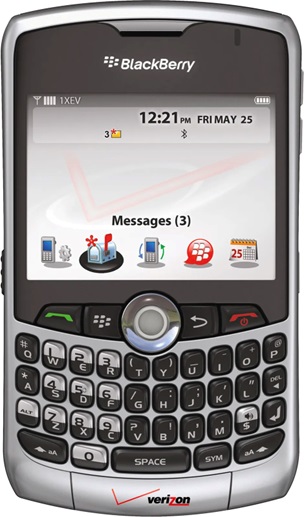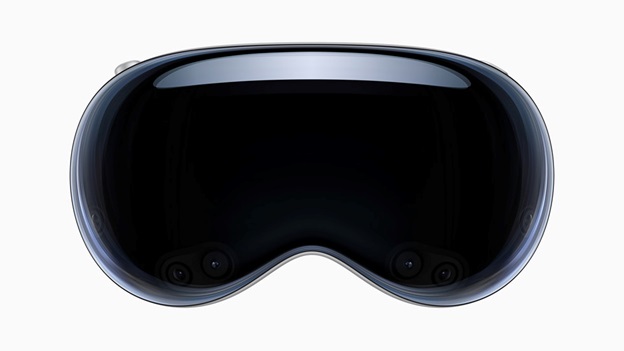Have you seen BlackBerry? This year’s geek film history directed by Matt Johnson (Operation Avalanche) and starring Jay Baruchel and Johnson as the lovable nerds who invented the BlackBerry and began the destruction of society as we know it. Glenn Howerton plays the hard-driving RIM CEO Jim Balsillie, who eventually brought down the company by using backdated stock options to find talent. The movie is based on the book Losing the Signal, written by Jacquie McNish and Sean Silcoff.

Although it follows the well-trod path of a start-up biopic, BlackBerry is a pretty good movie. After all, there is comfort in a good formula. The movie is a character study of the major players, RIM CEO Jim Balsillie (Jay Baruchel) and CTO Mike Lazaridis. Director Johnson plays Douglas Fregin, Lazaridis’ childhood friend and co-developer of the BlackBerry. The character functions as the Greek chorus or maybe more like a Canadian Jiminy Cricket whispering in Mike’s ear. The real-life Doug Fregin says he’s nothing like the character in the movie, and he is backed up by his former colleagues. The filmmakers agree, saying they developed Fregin as a composite of people at RIM, but the movie-Doug also happens to fit the talents and outlook of Johnson. Nevertheless, tech vets will recognize the laid-back, corporate culture of the early days at RIM, complete with movie night, game tournaments, and trash can target practice, as something like their own experiences in the ’80s and ’90s. They should probably be reminded that some of those are false memories and that all that fun was often panic-driven in the face of impossible deadlines, no money, and seemingly insurmountable technical challenges. Some of you will probably remember those days with a little frisson of dread. Some of you weren’t born yet, but those days come around on the tech merry-go-round.
The genius of the BlackBerry was not so much the phone as the BBM BlackBerry messaging system built by RIM and based on Yahoo’s AIM messaging and SMS. Through the early years, BlackBerry users had unlimited messaging through their low-cost subscriptions, usually paid for by their companies. In those days, the service was proprietary, which, at the time, was not a drawback, since the phones were primarily business tools and helped drive sales of BlackBerrys. The BlackBerry helped kill the telephone as a primary business tool in favor of quick, efficient texting and email.
Meanwhile, the fun quickly dribbled out of RIM as Balsillie pumped up investments and funding by promising more BlackBerrys than the company’s production could manage. Balsillie also added an oppressive layer of management. Fregin left as the company seemed to lose its soul. Lazaridis, RIM’s founder and technologist, struggled to keep the machinery working and the BlackBerrys moving off the production line.
This is no mystery movie; everyone of a certain age knows something of the history of the BlackBerry. Many have experienced the CrackBerry syndrome; they know the telltale head dip as colleagues, friends, and family members sneaked a look at their devices during meetings, at dinner, and just before bed. The BlackBerry enabled the always-on work cycles that are acceptable in some cultures and among some driven workers (you know who you are).
The movie boils down the complex trends that helped kill the BlackBerry and the mistakes made by RIM management. The movie tells us the BlackBerry was killed by the big-screen allure iPhone, and that’s not wrong, but there was a lot more to it.
Tragically, Lazaridis had trouble deciding on which front to tackle to take on Apple. Convinced the keyboard was the thing, RIM designed several new models with keyboards, and they sold reasonably well—but not well enough. So RIM came up with the Storm, an iPhone-like thing with a virtual keyboard like the iPhone. In the movie, he’s shown trying to duplicate the clickety-clack feedback on the new device. To save money and time, Lazaridis went against his principles and had the new phone built in China, but by that time, the company was rushing to get a new phone out, neglecting quality control, and the things came back buggy.
But you know what else?? According to this old David Pogue review of the Storm, it didn’t even get Wi-Fi. Hello, RIM? Doom is on the line. RIM wasn’t alone. There were many, many mobile phone developers struggling to build a better iPhone. The movie shows Fregin having a light bulb moment when he realizes the wireless companies would be selling data plans, not minutes. No doubt there were a whole lot of light bulbs going off as this transition became obvious. Just as BlackBerry was able to upend the mobile phone industry with free messaging, Apple and its competitors would be making beaucoup bucks for the wireless providers as people gobbled up data for emails, movies, music, and TikTok videos, for the love of God.

It’s never about the device, it’s about distribution, and every shift is a landslide. Email made business communications much easier and, therefore, businesses ran more smoothly. The addition of instant text messaging added immediacy and responsiveness. The data boom has given us everything, everywhere, all at once: 24/7 pictures, messages, movies, music, and social media. No wonder we’re going crazy these days.
So again, what’s next? So far, we’ve resisted actually immersing ourselves in data with XR. Not one of the devices we’ve been offered so far is tempting enough to make us dive in. Apple claims they’re introducing spatial computing with their Vision Pro—is that the next evolution?
Something is coming, but we might be waiting a bit longer.